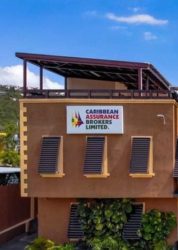Salada Foods, best known as producer of Mountain Peak instant coffee, reported lower profits for the March 2013 quarter as sales were lower, emanating from price reductions implemented to stimulate sales and market penetration. The reduction resulted in sales for the quarter falling 15.6 percent to $141 million a $26 million decline. Six months sales were up nevertheless by 2.5 percent. Administrative expenses rose 27 percent to $40.6 million to $50 million for the six months period. The increase is attributed primarily with the commencement of operations for Mountain Peak Foods which is the company used to acquire the Roberts brands of processed condiments.
For the six month period, sales were $294 million and $286 million in the similar period in 2012. Profit for the period after tax came in at $55 million while the 2012 net figure was $54 million.
Salada is clearly very conservatively managed as can be seen from some of the financial ratios. The company has a large current asset ratio of 9 to 1, well above accepted norms, with cash of $223 million. There was no interest bearing debt on the books and equity was a high $668 million.
Stock outlook | The earnings for this year which ends in September should exceed a $1 per share. This could mean that the stock may not have much room to climb in the current market environment. There are limited supplies of the company’s stocks to trade, so anything is possible with the stock price if demand comes in for them.









